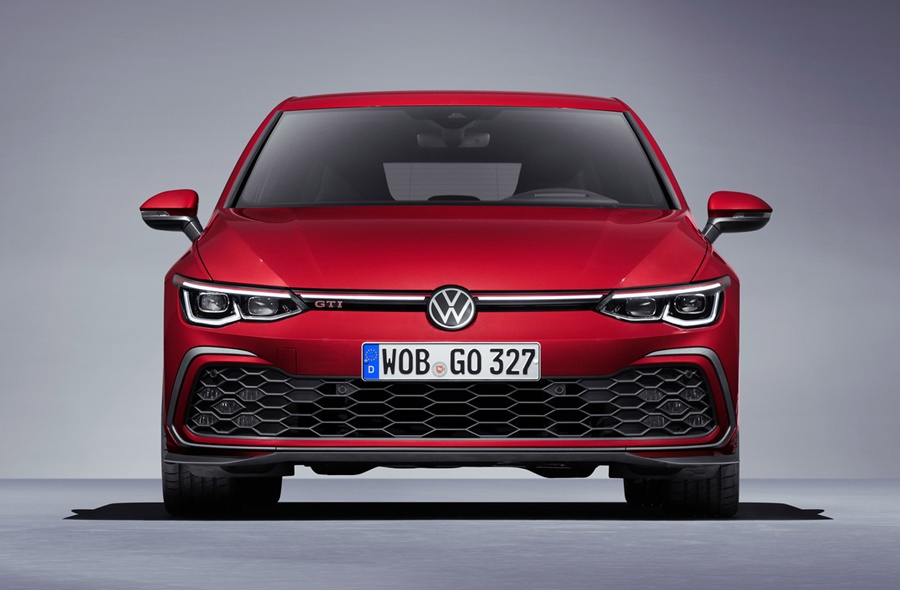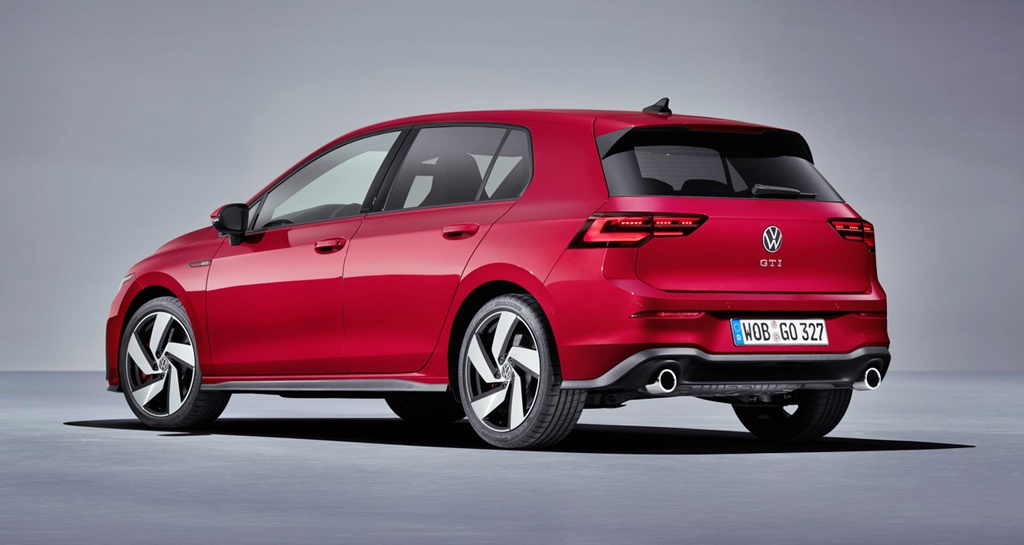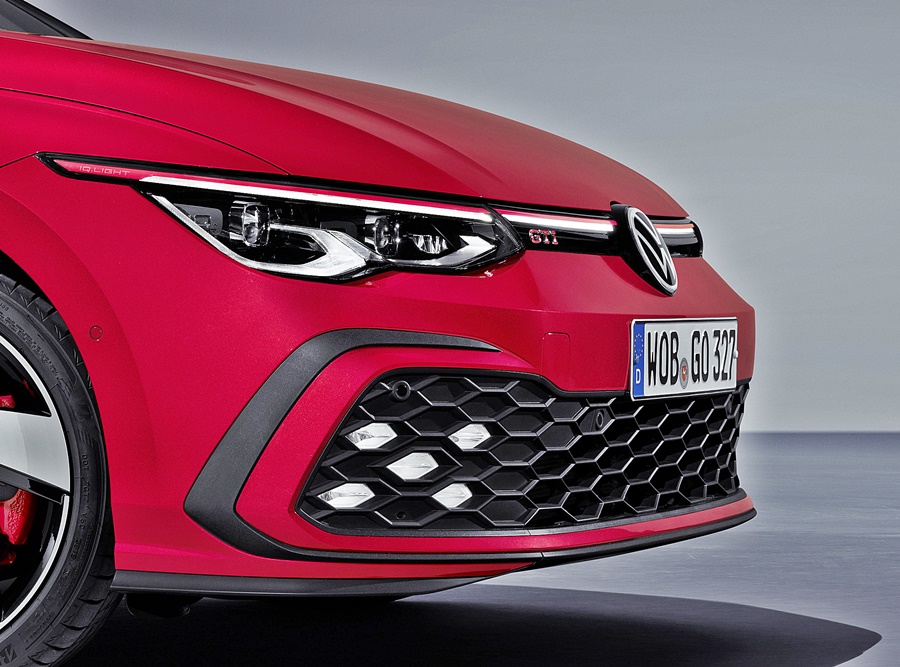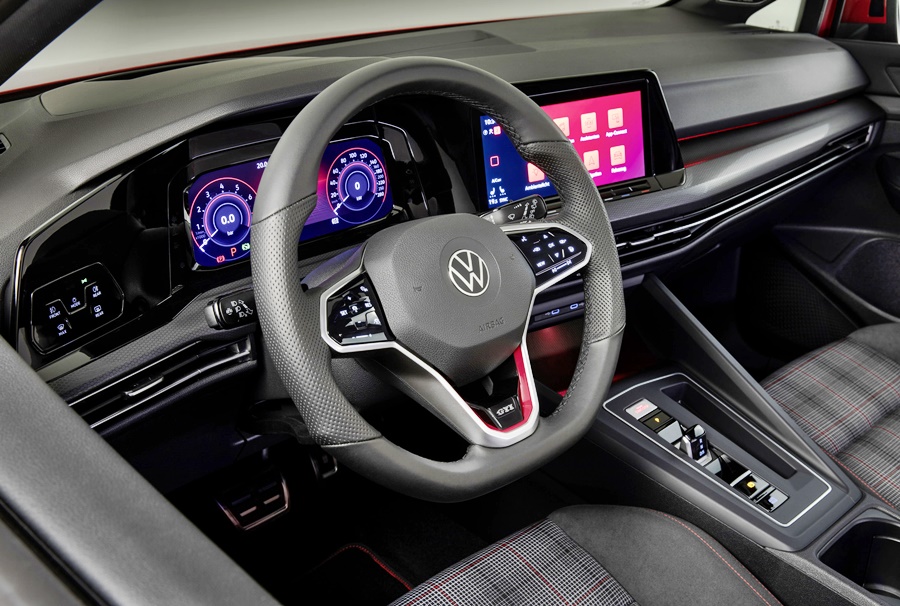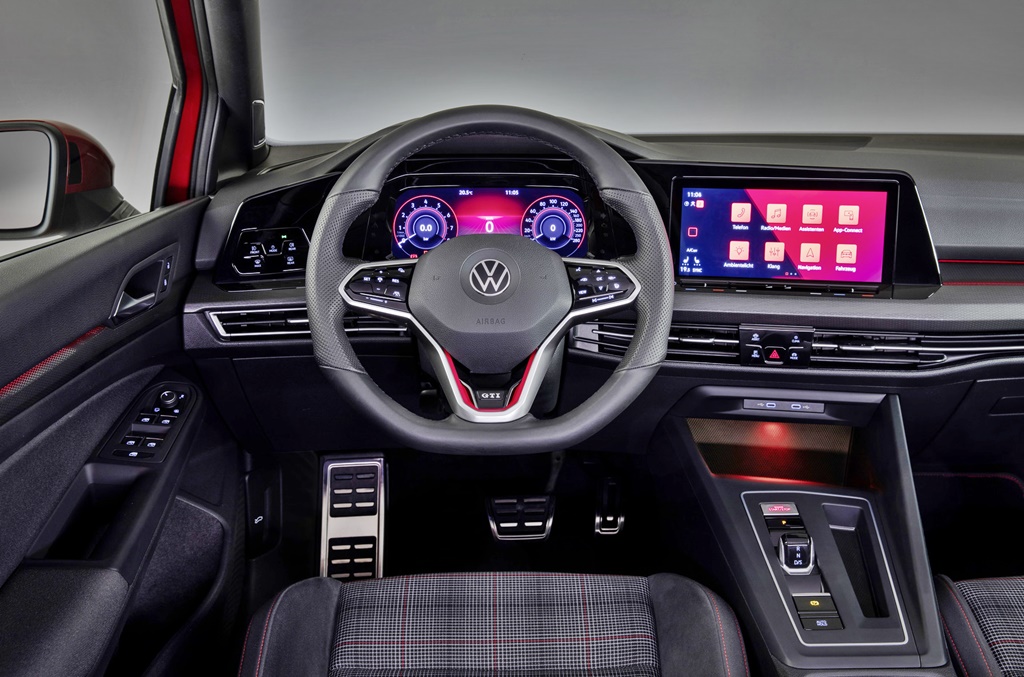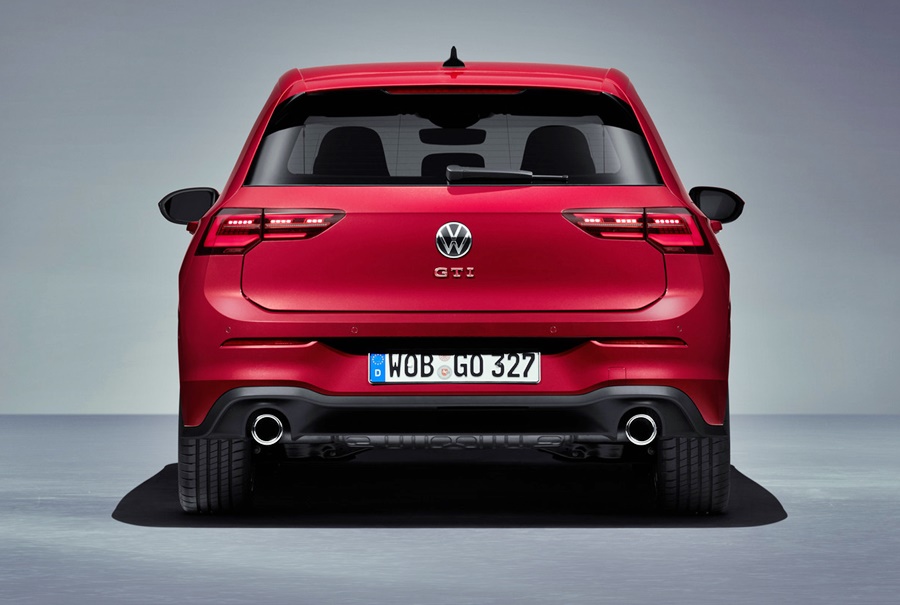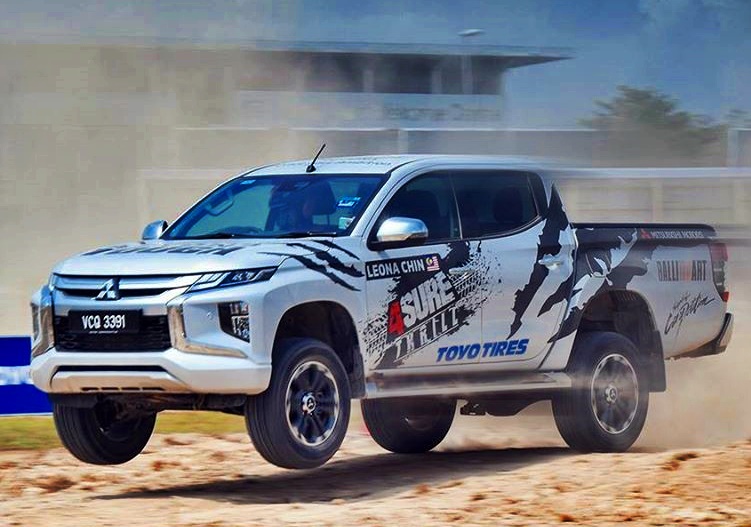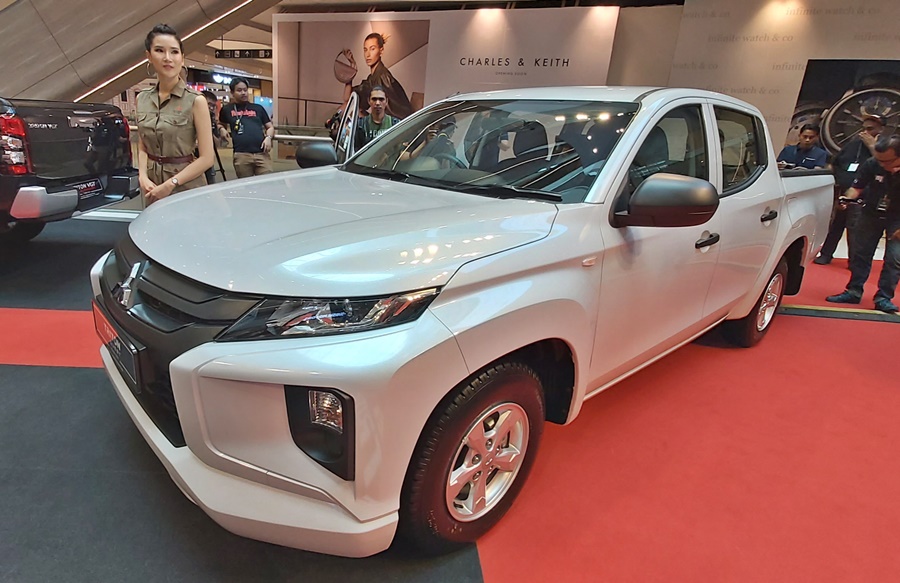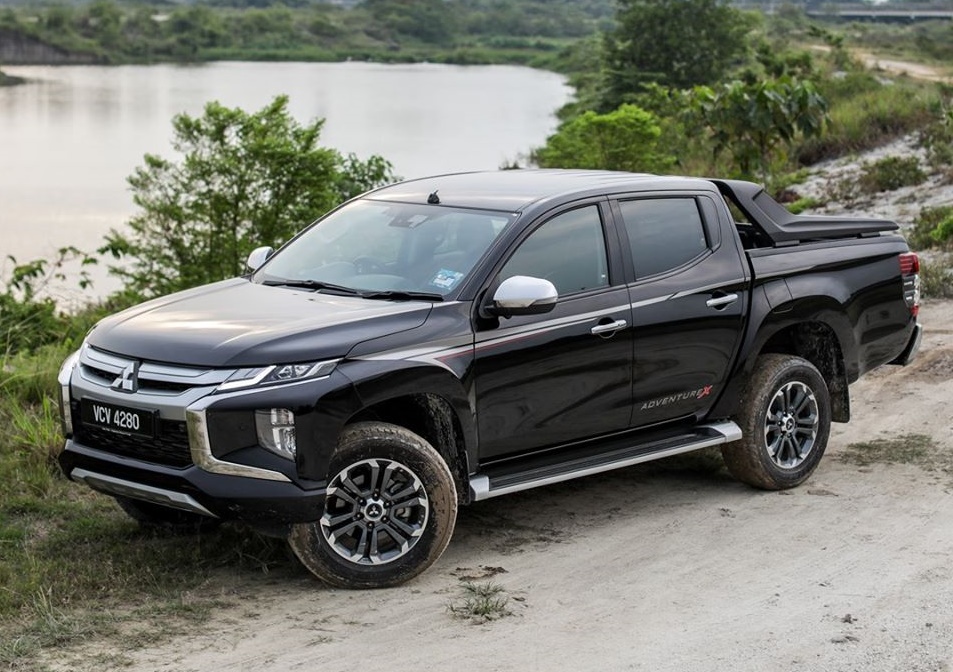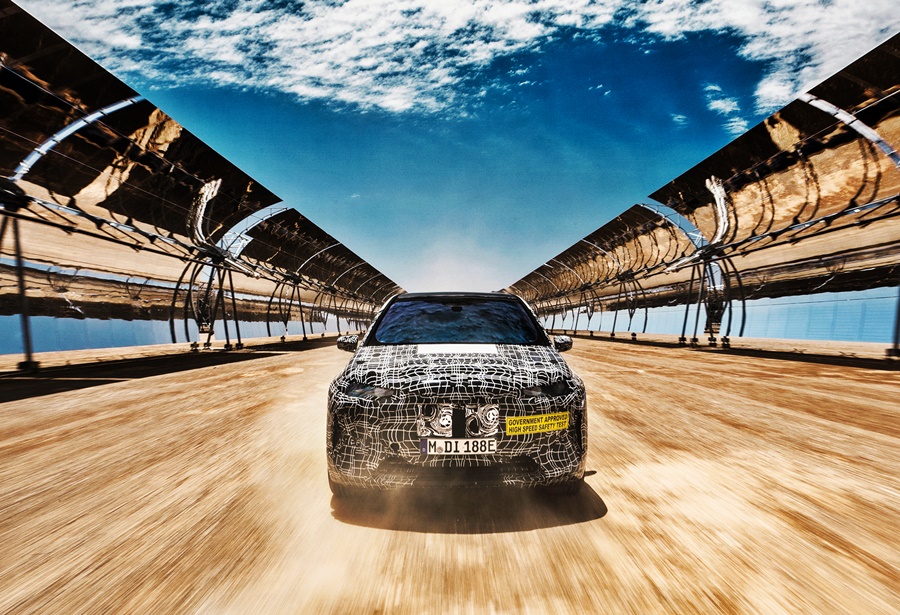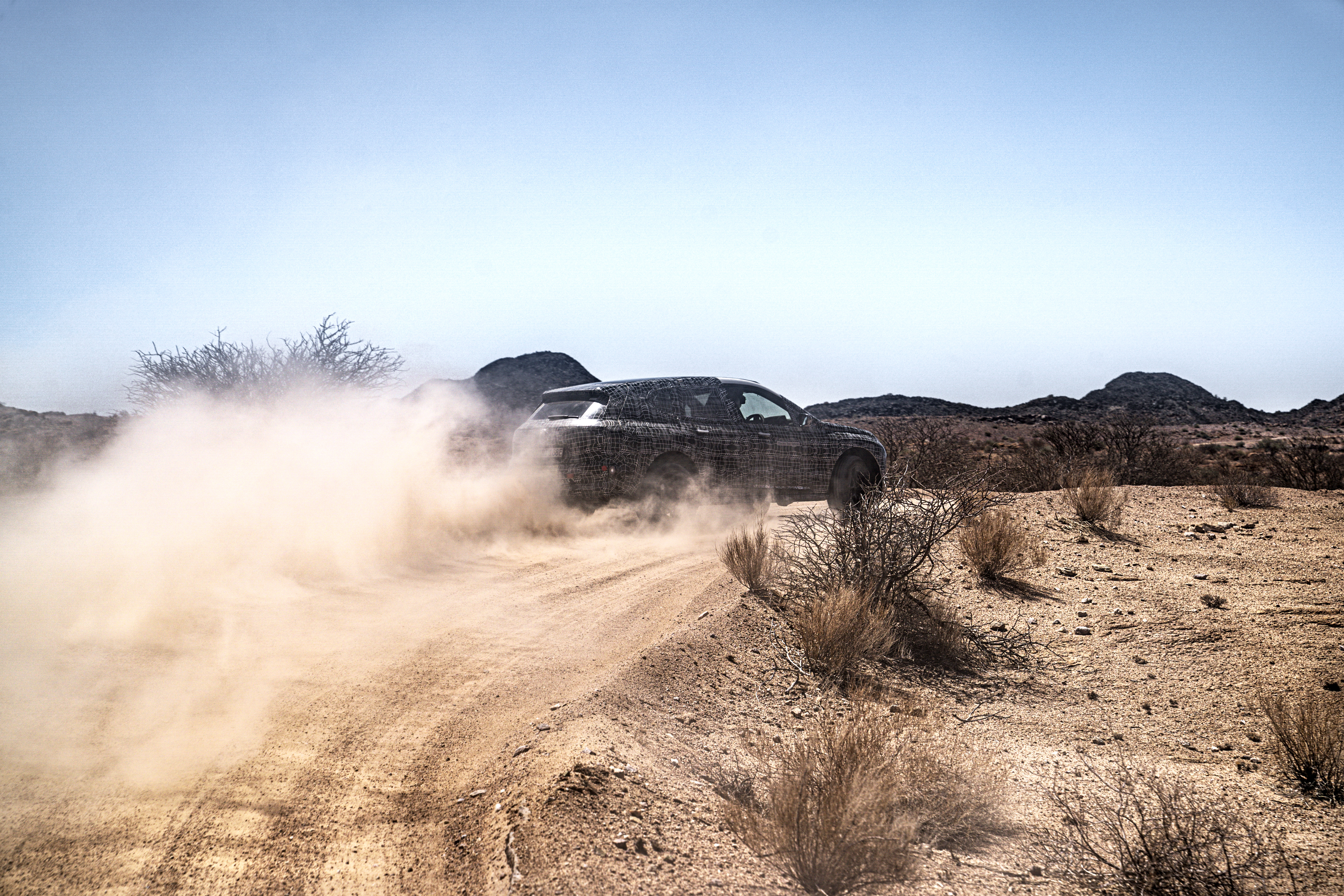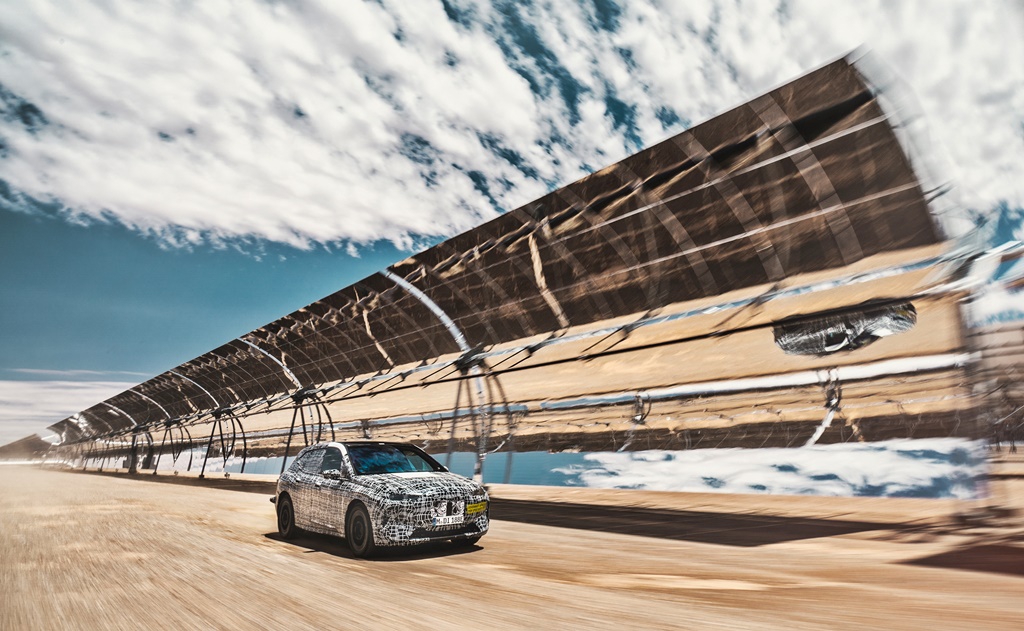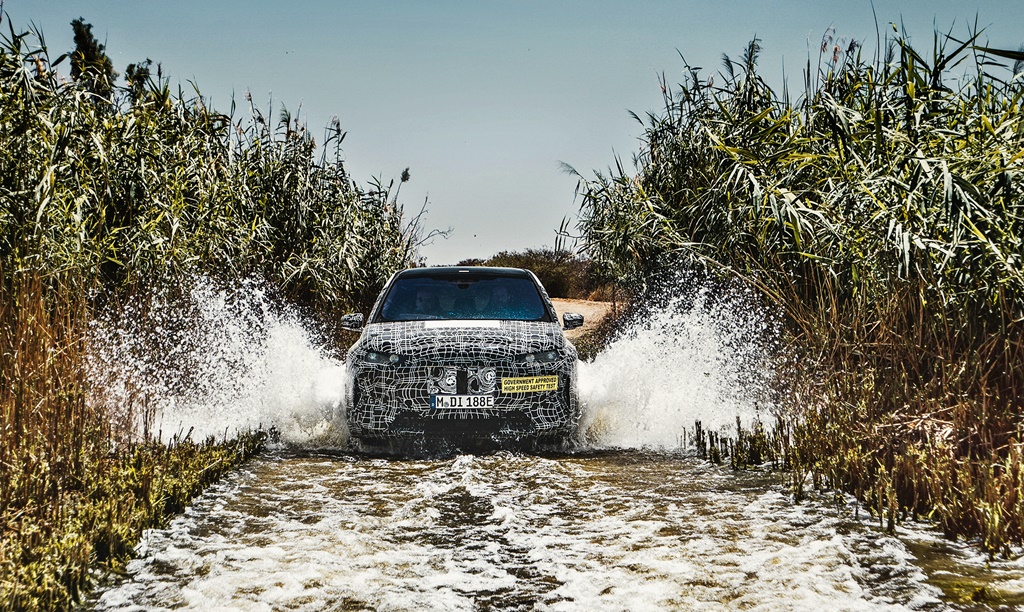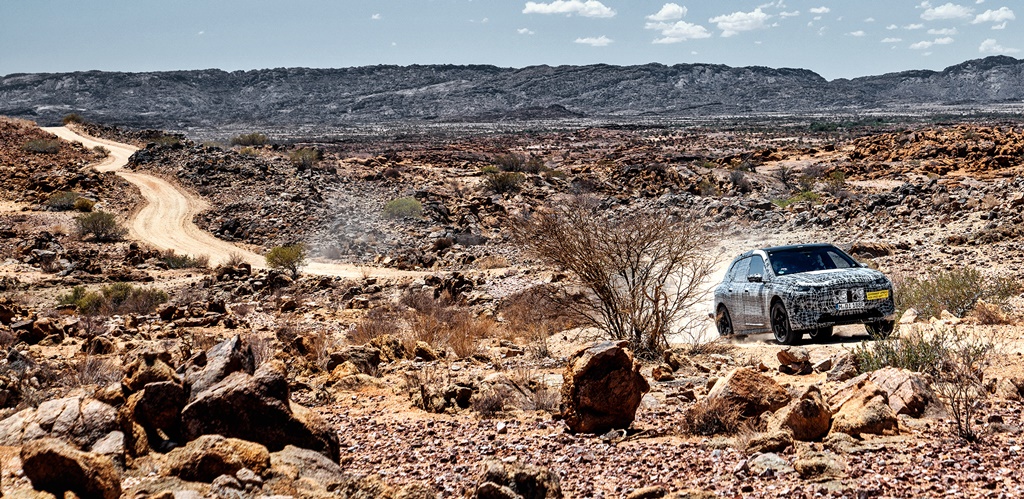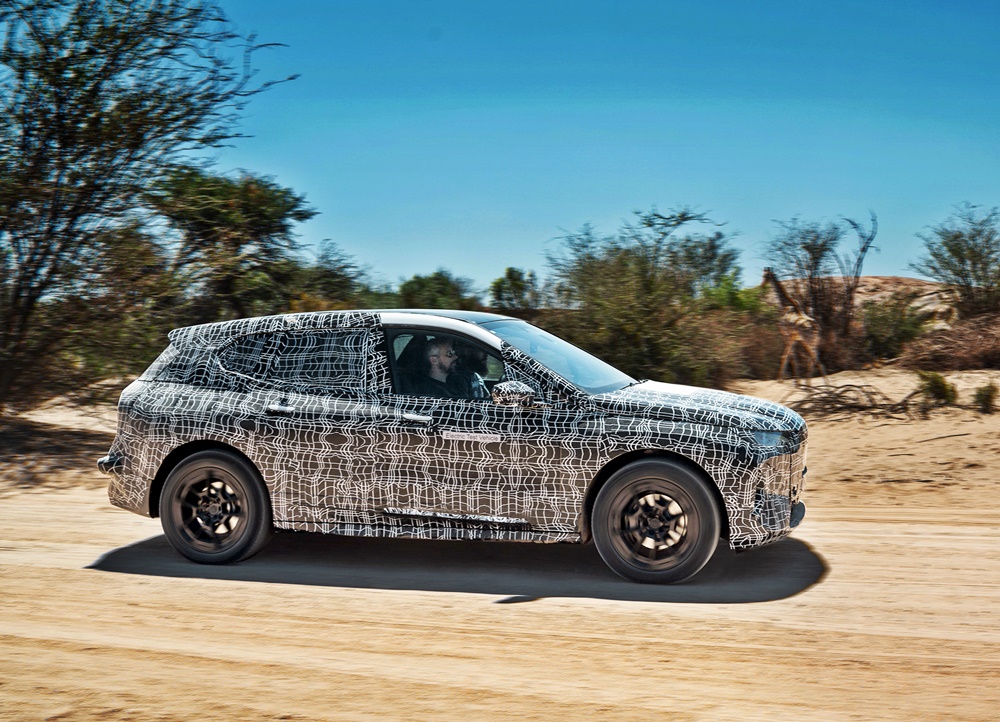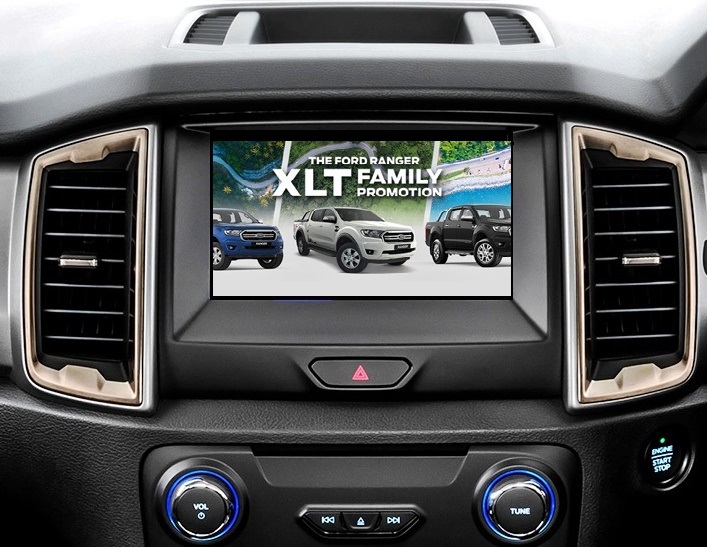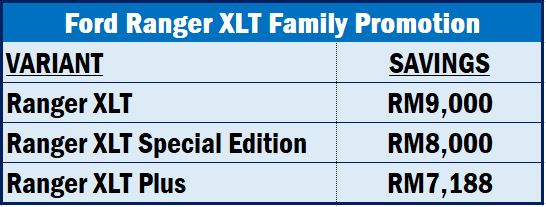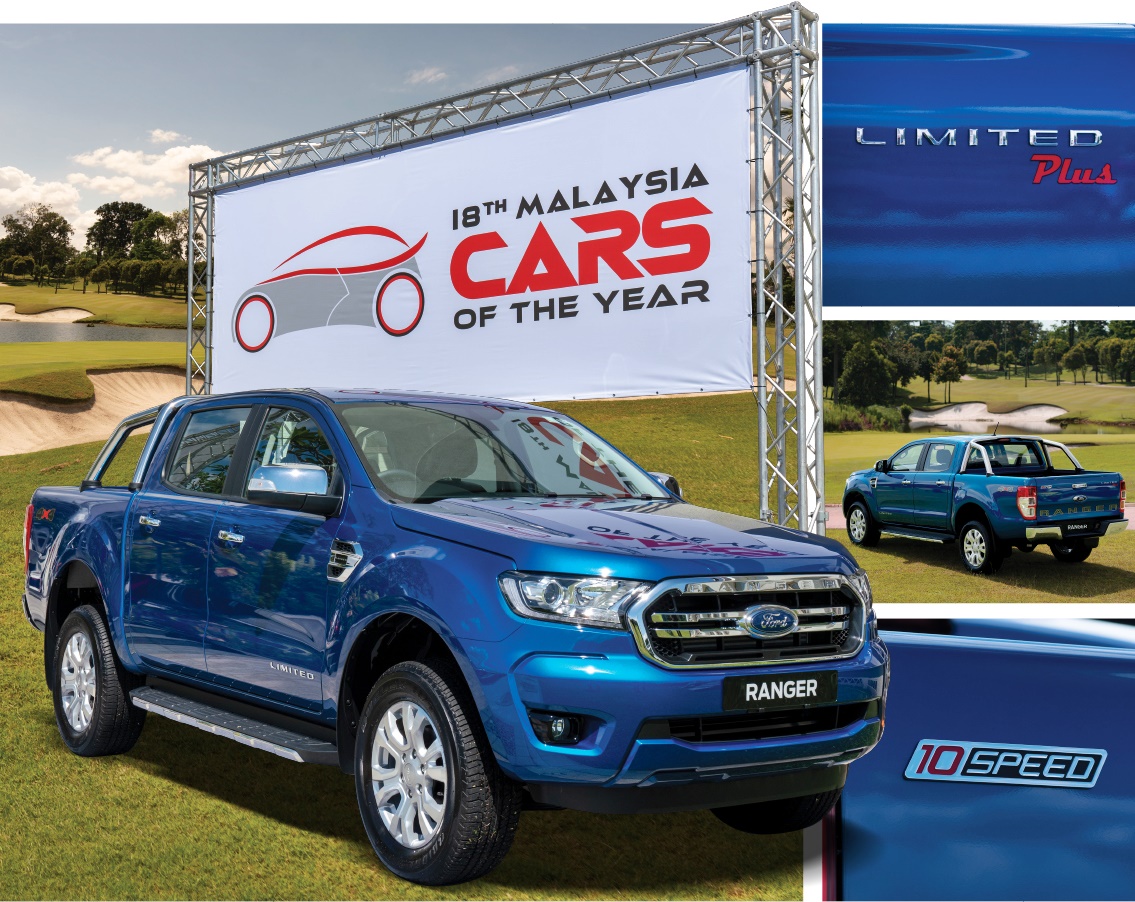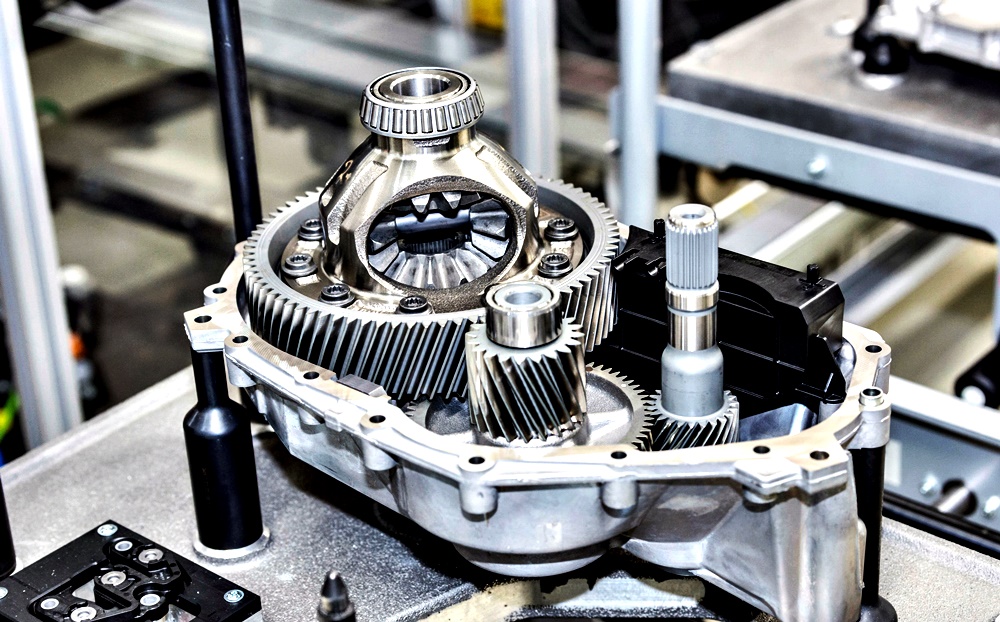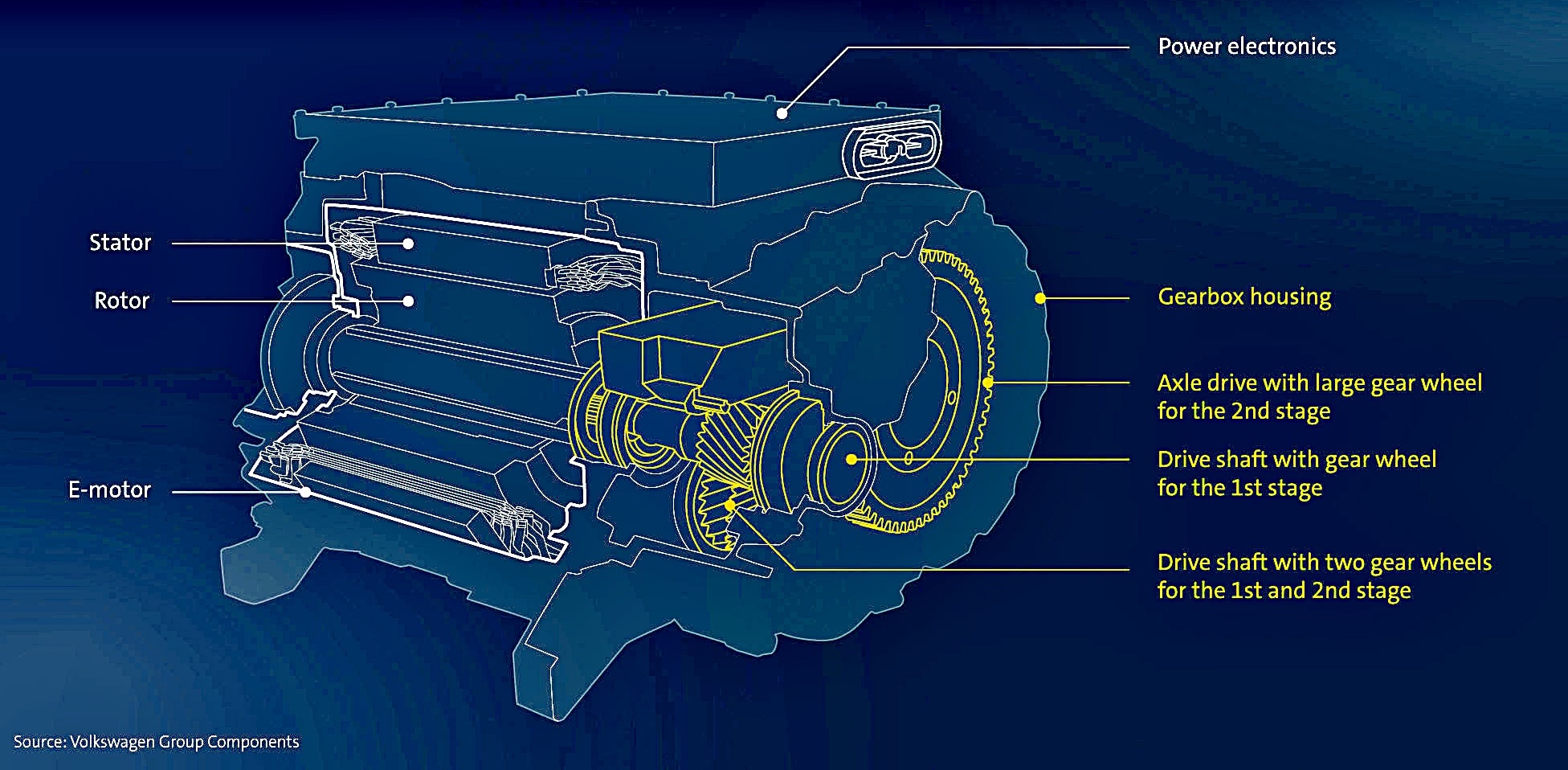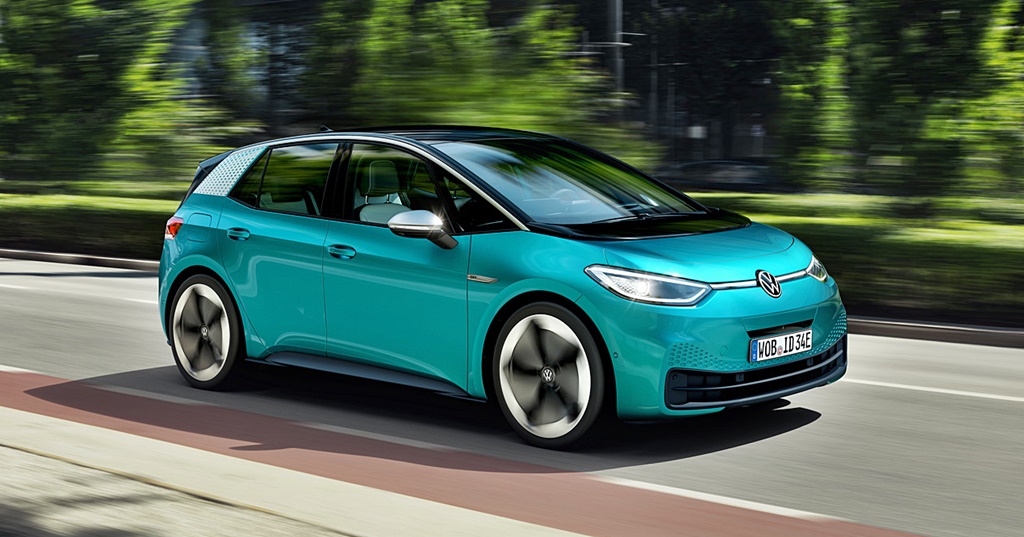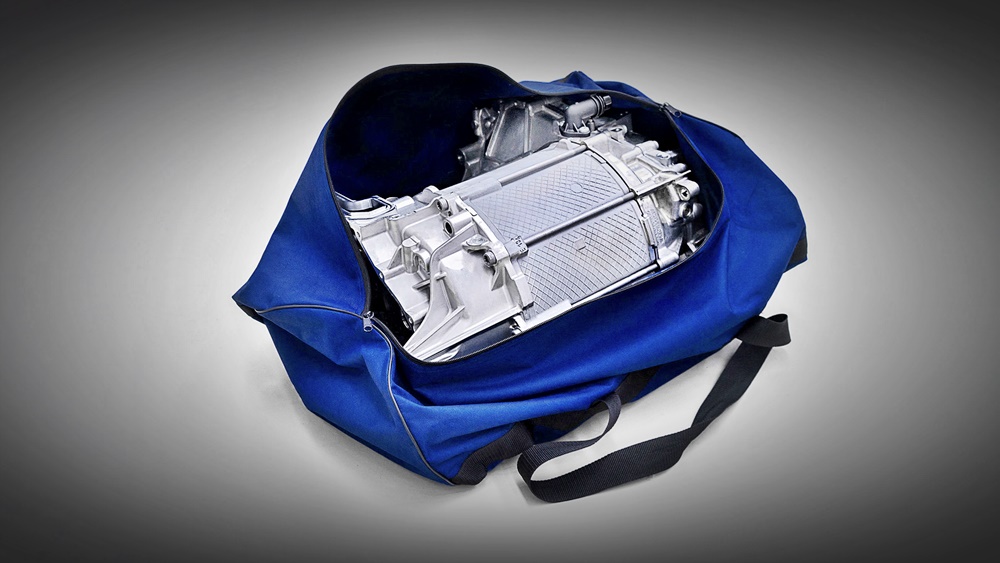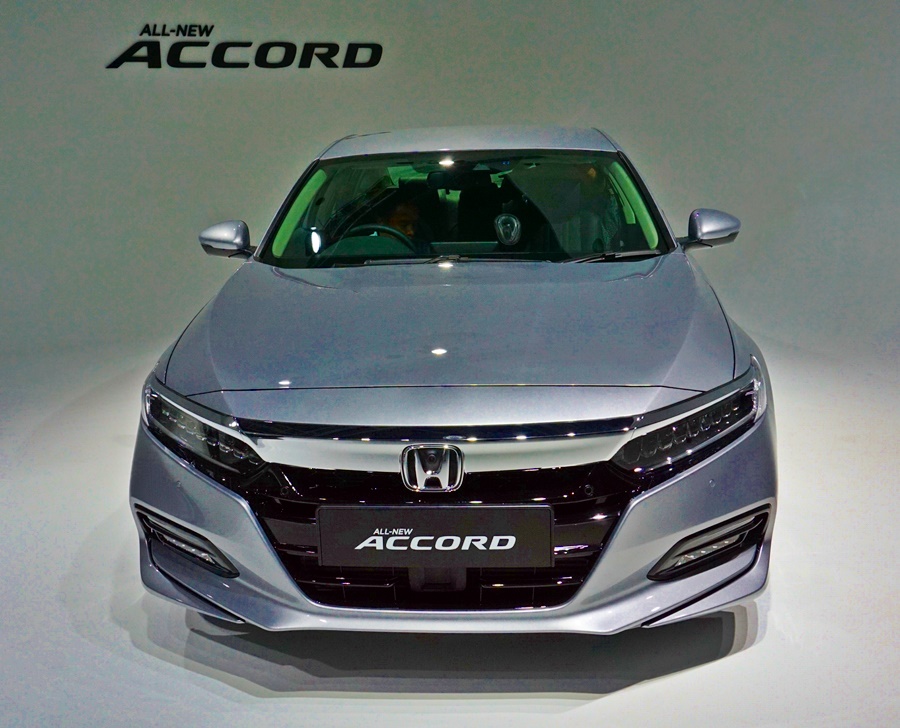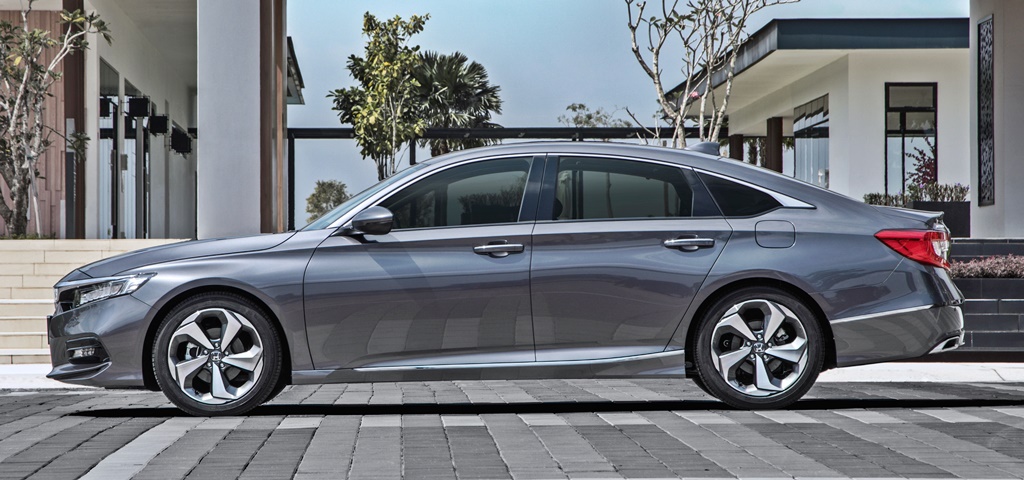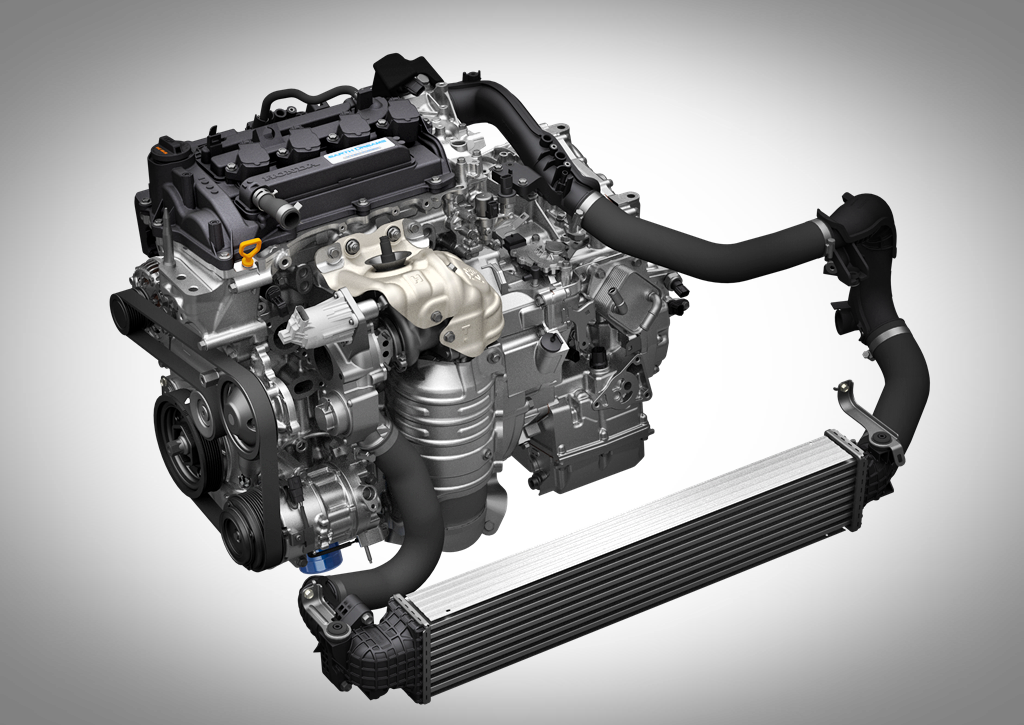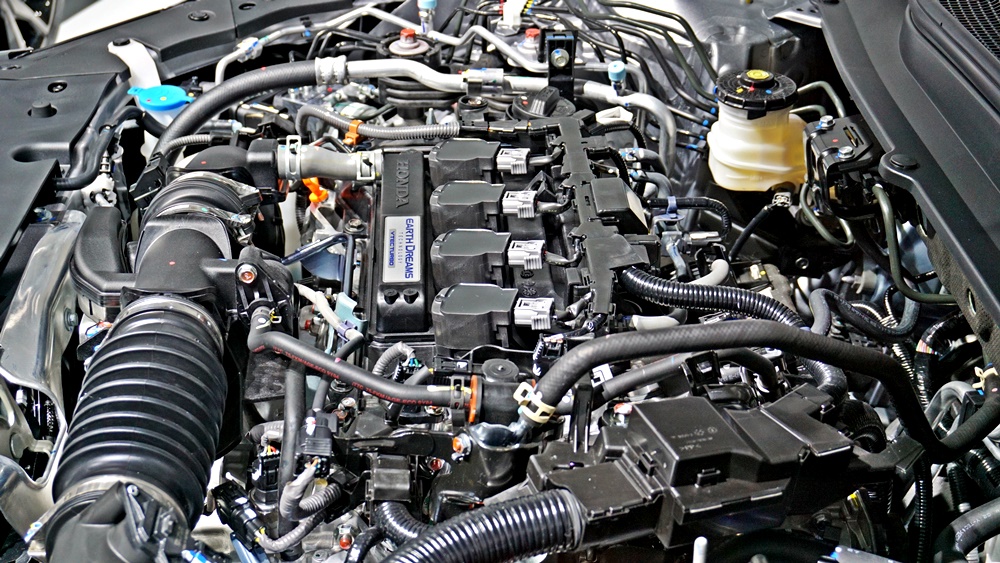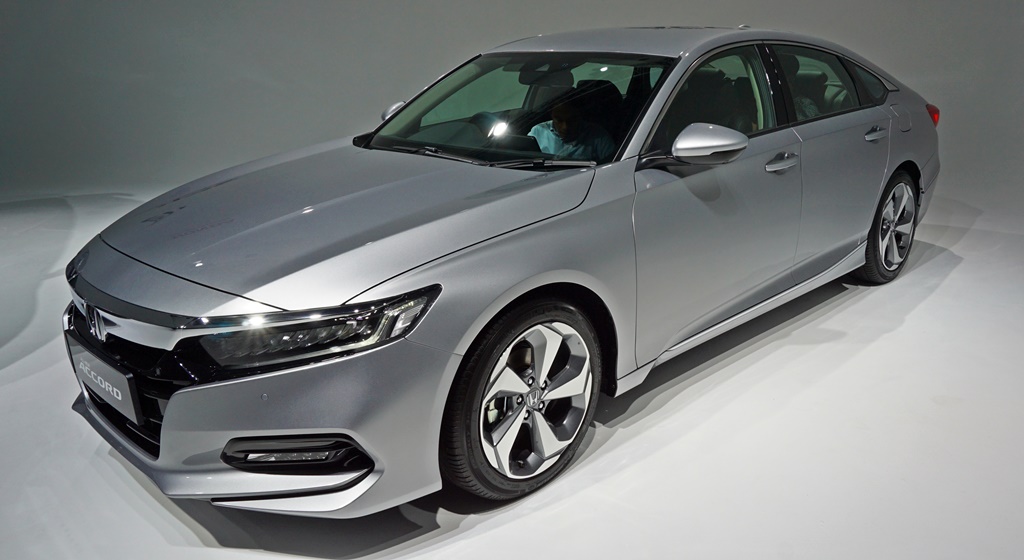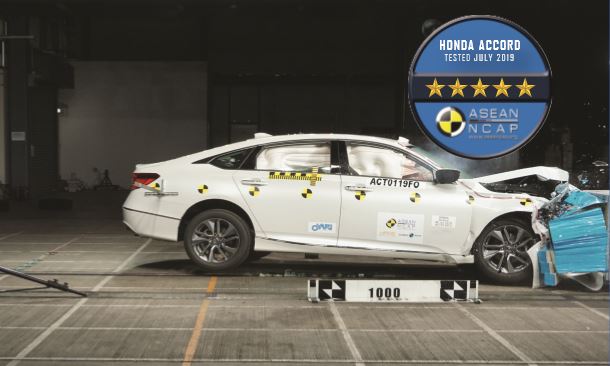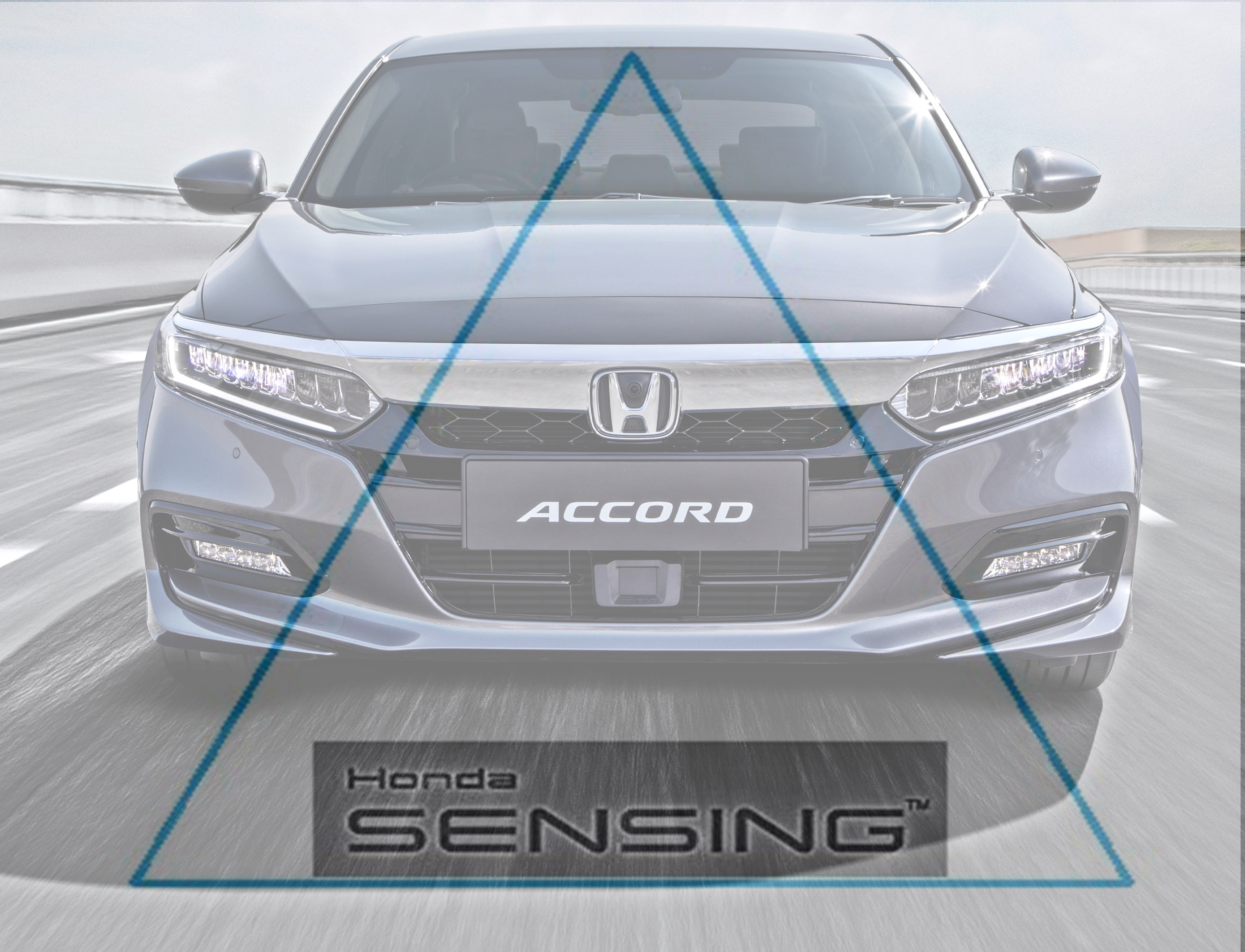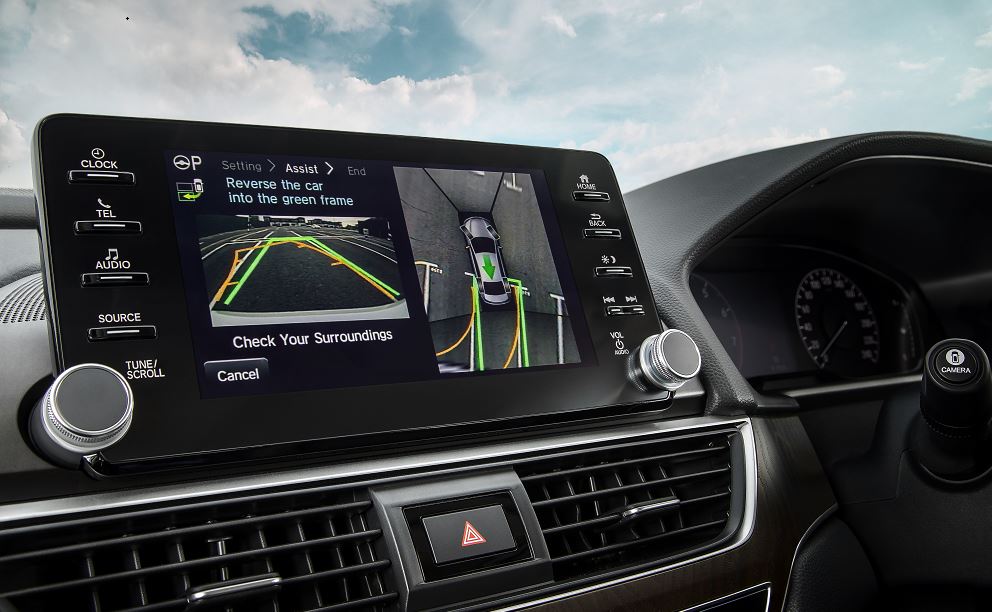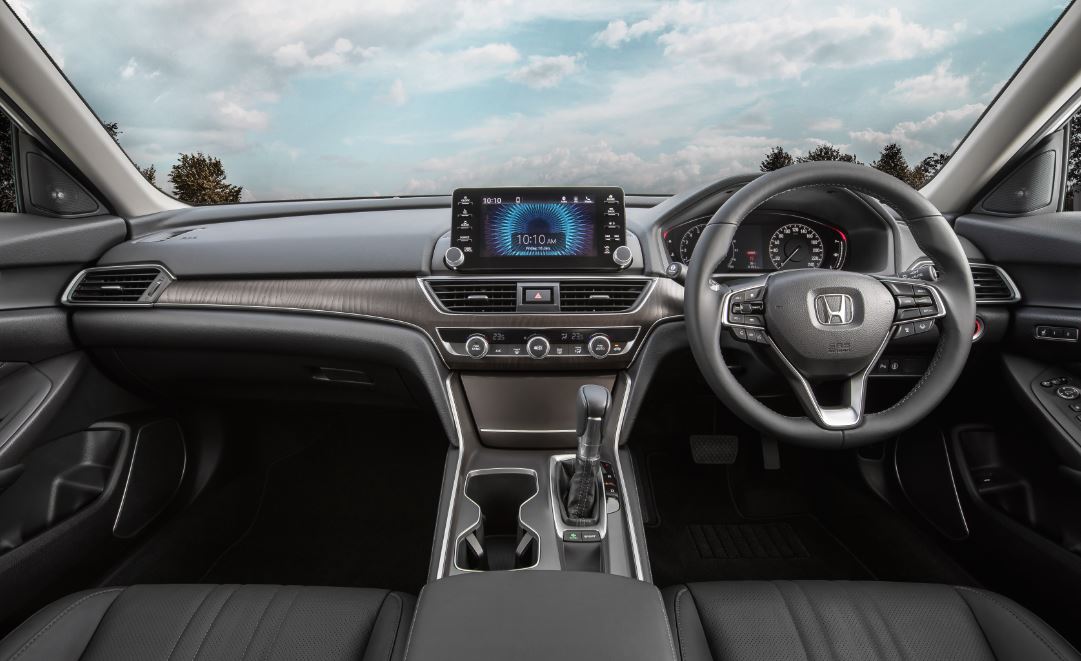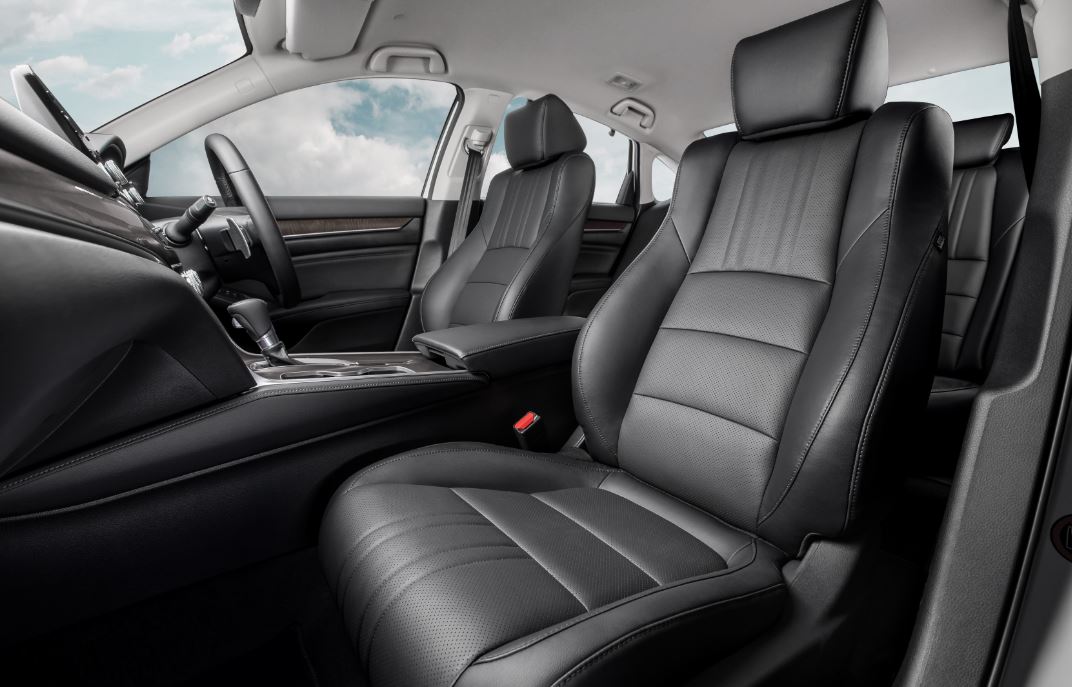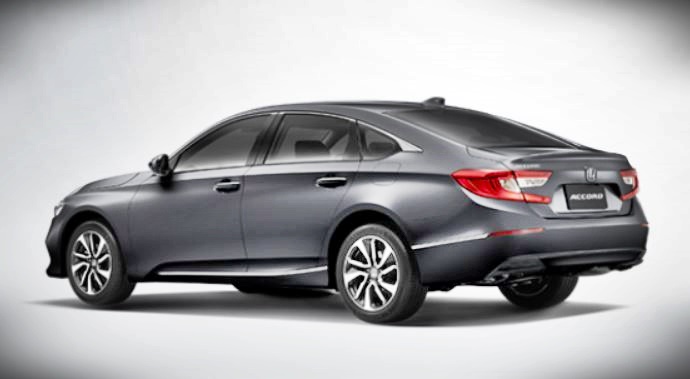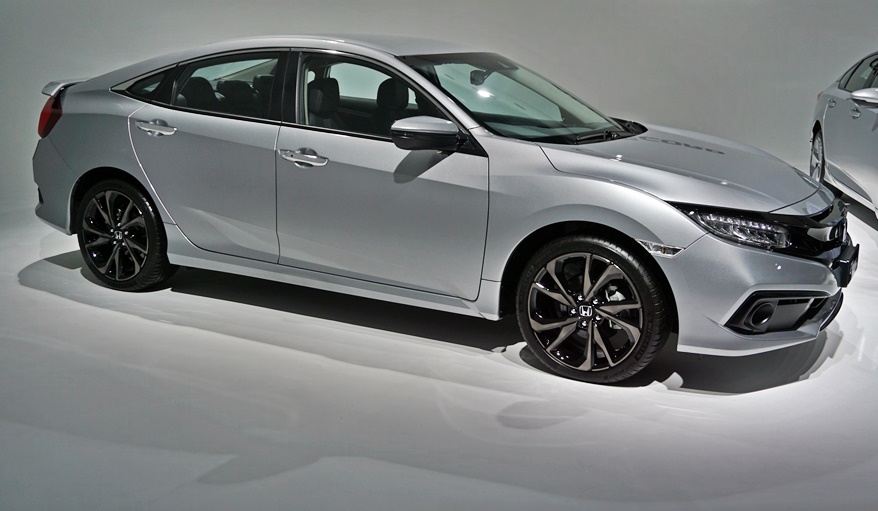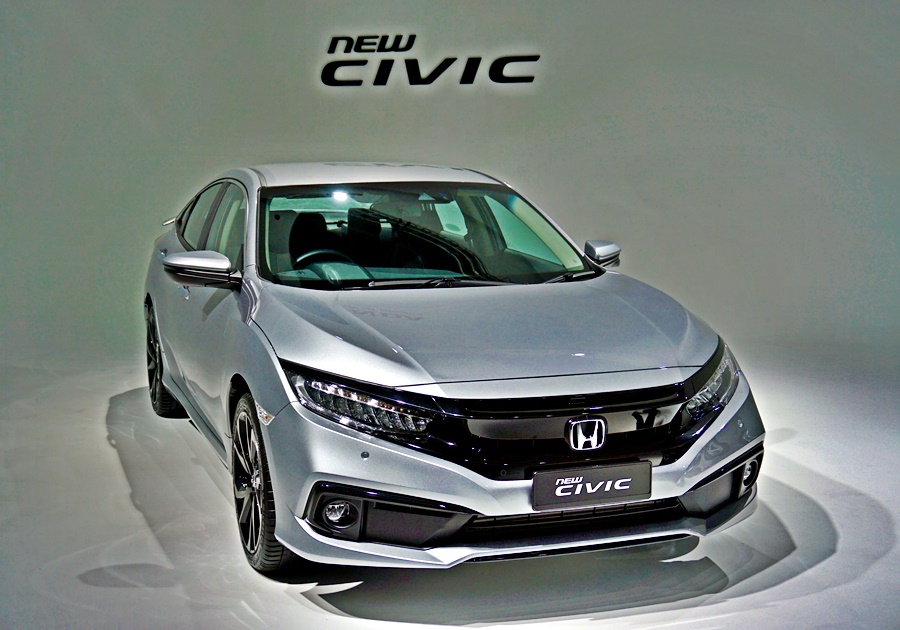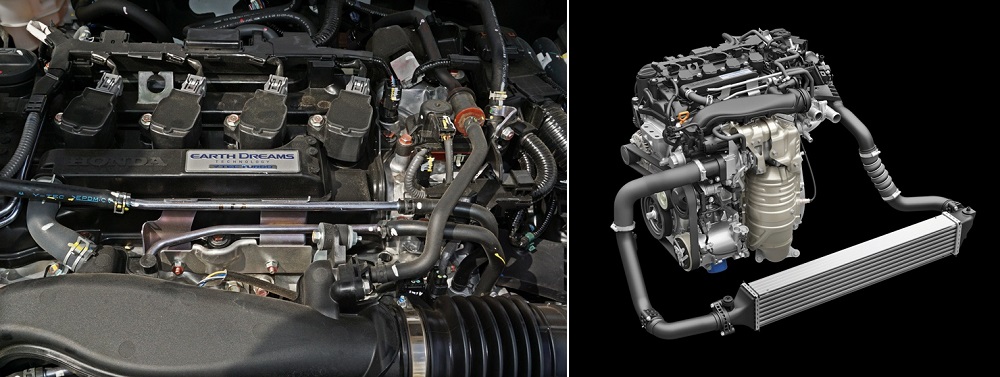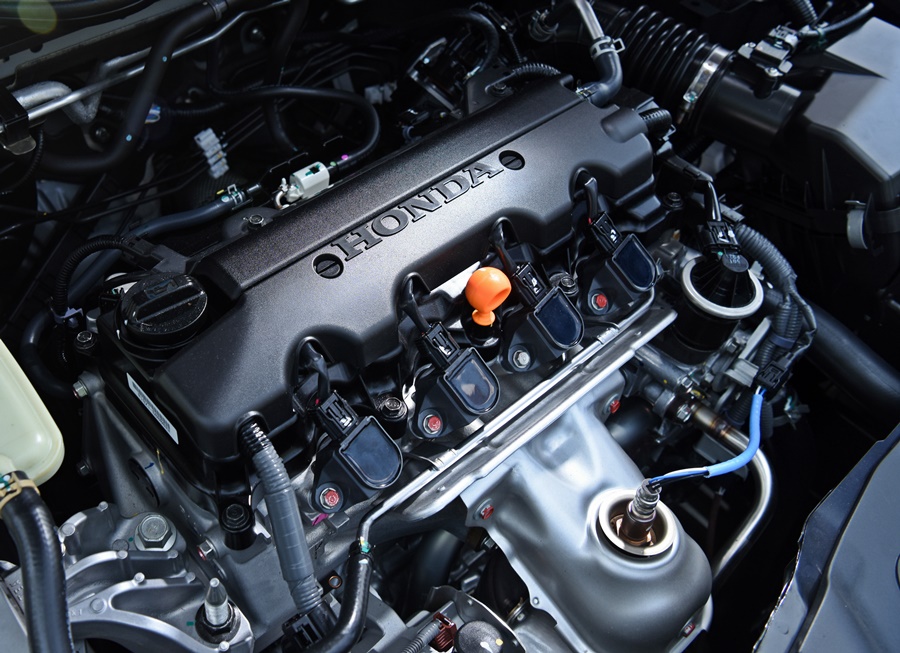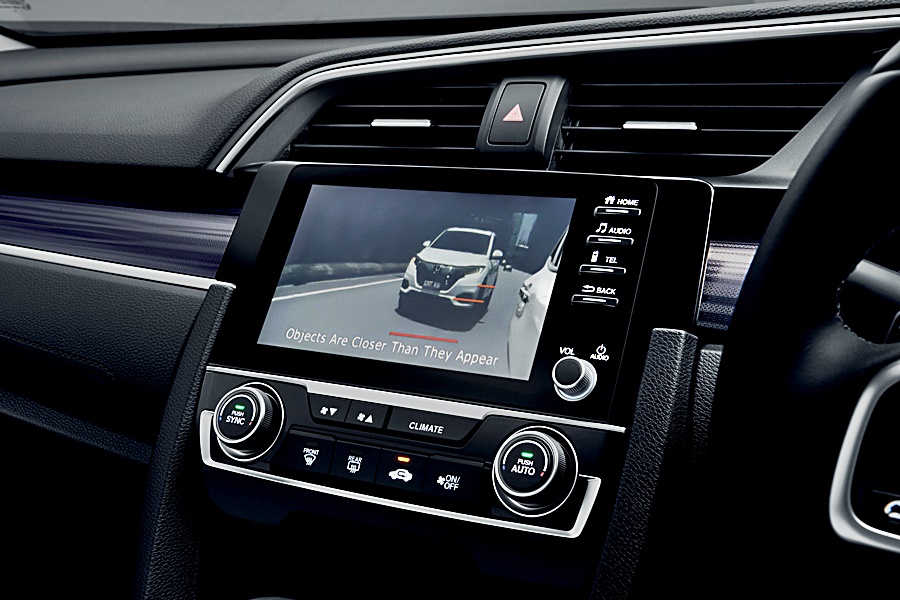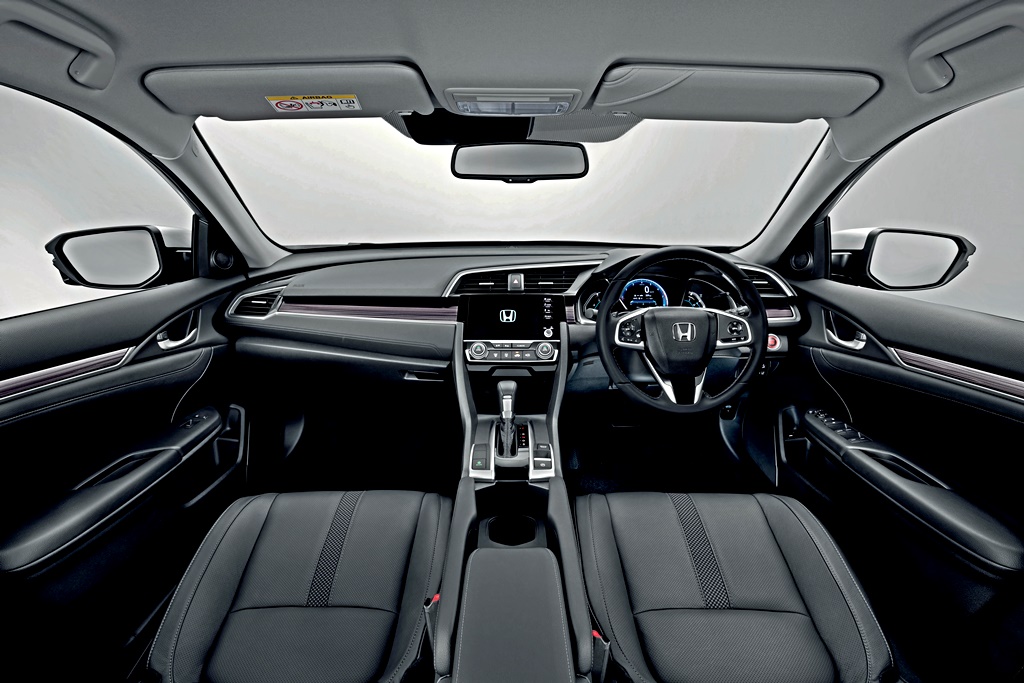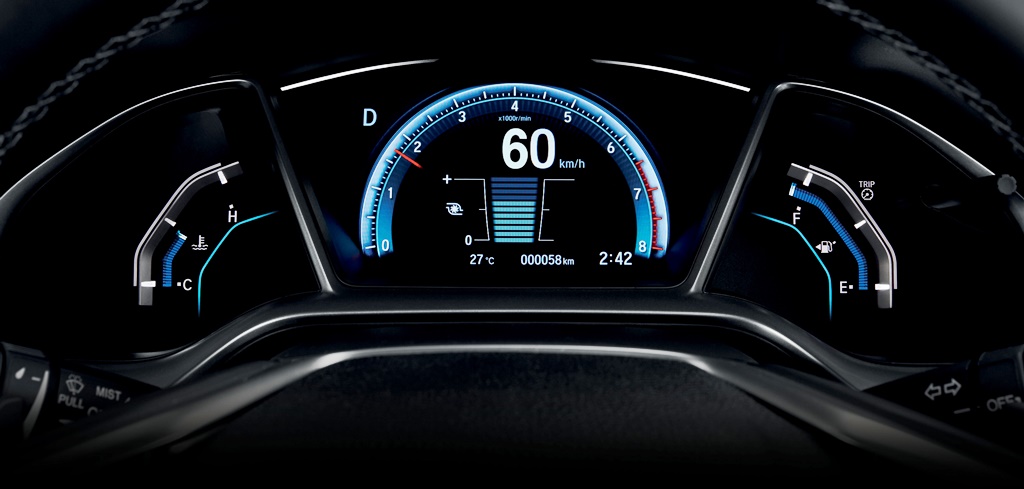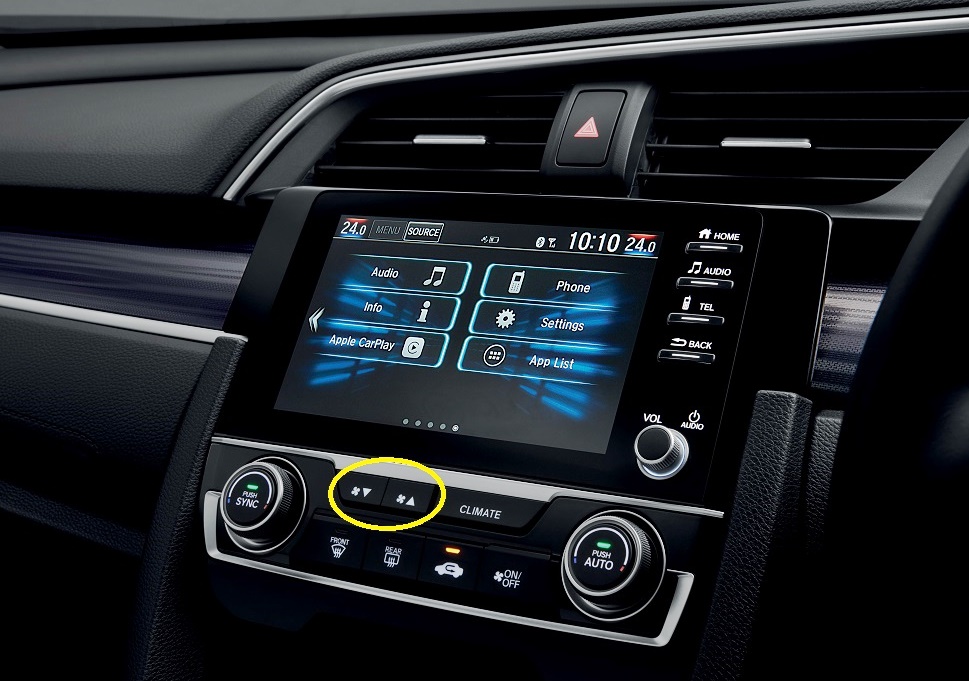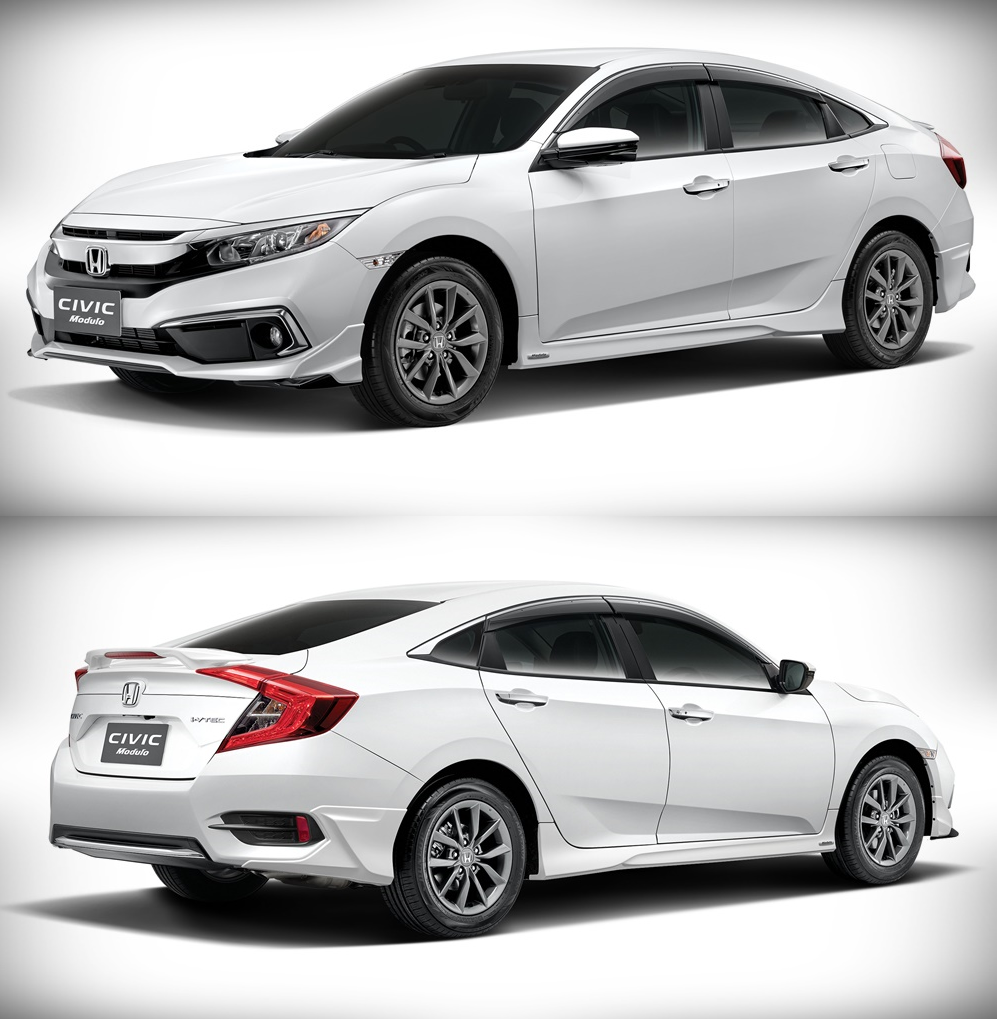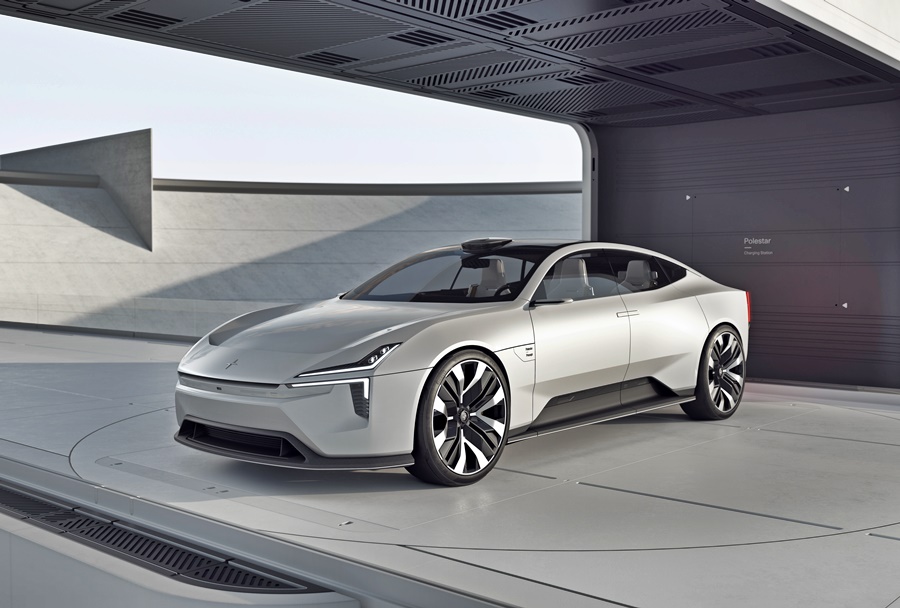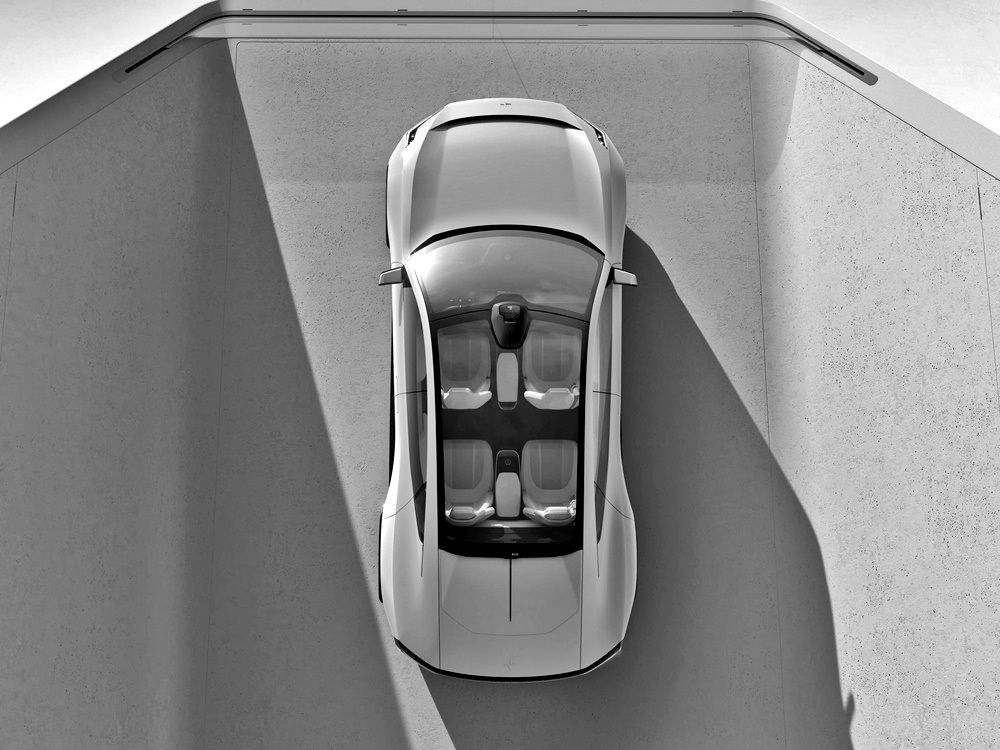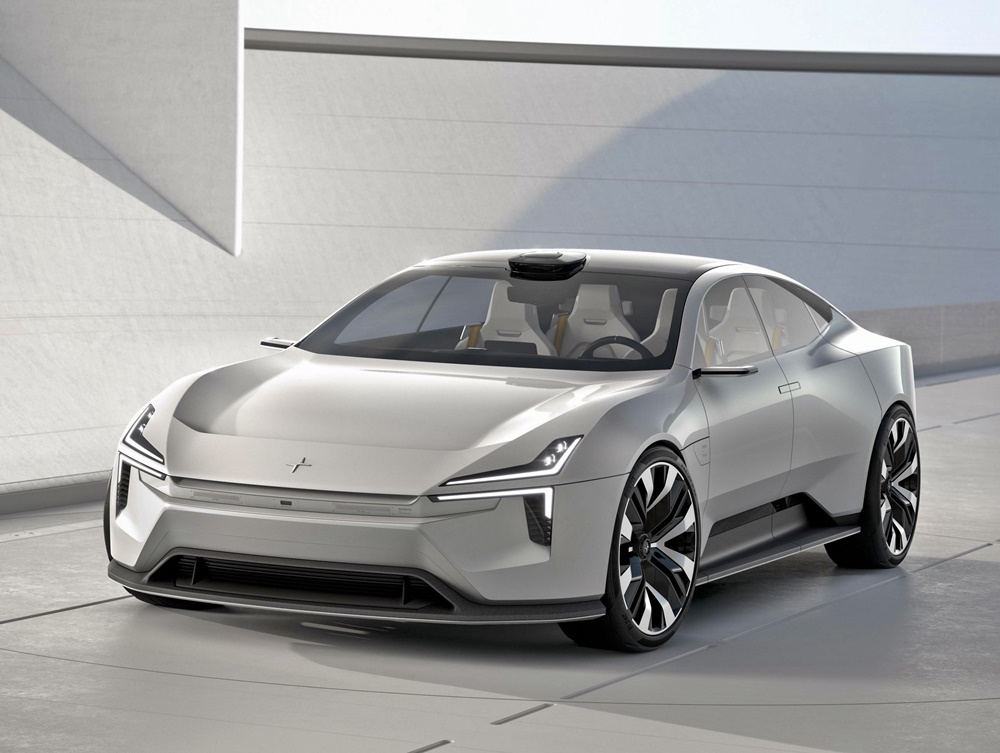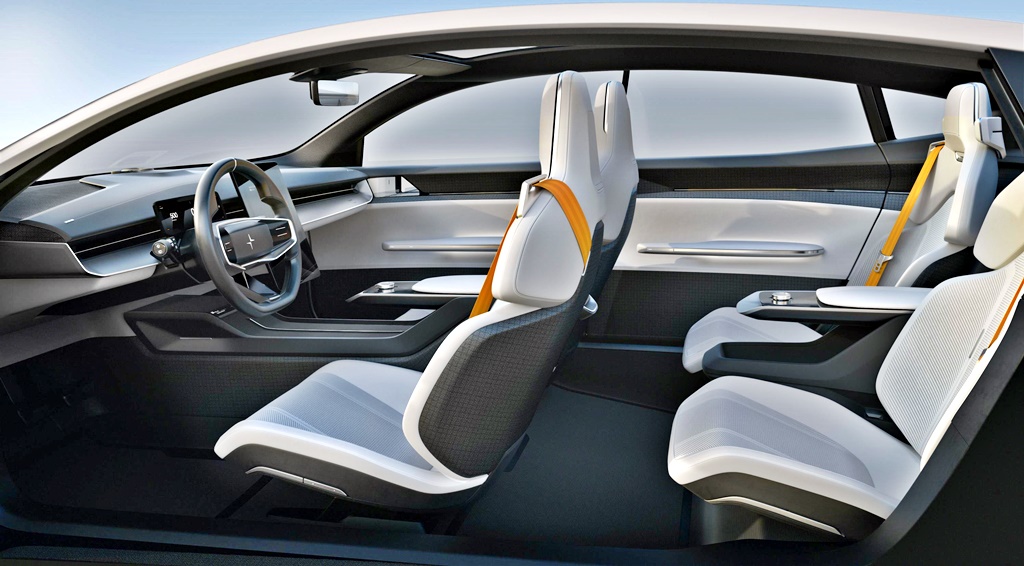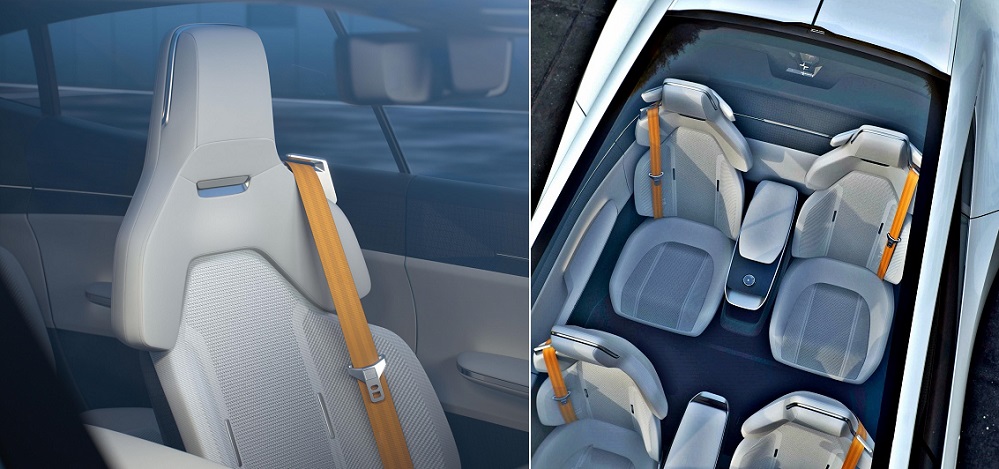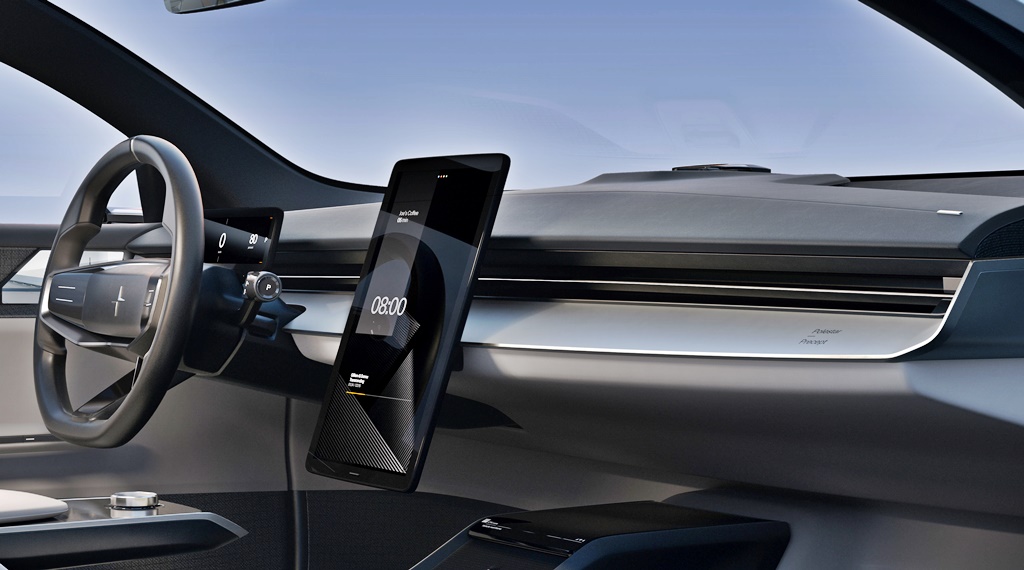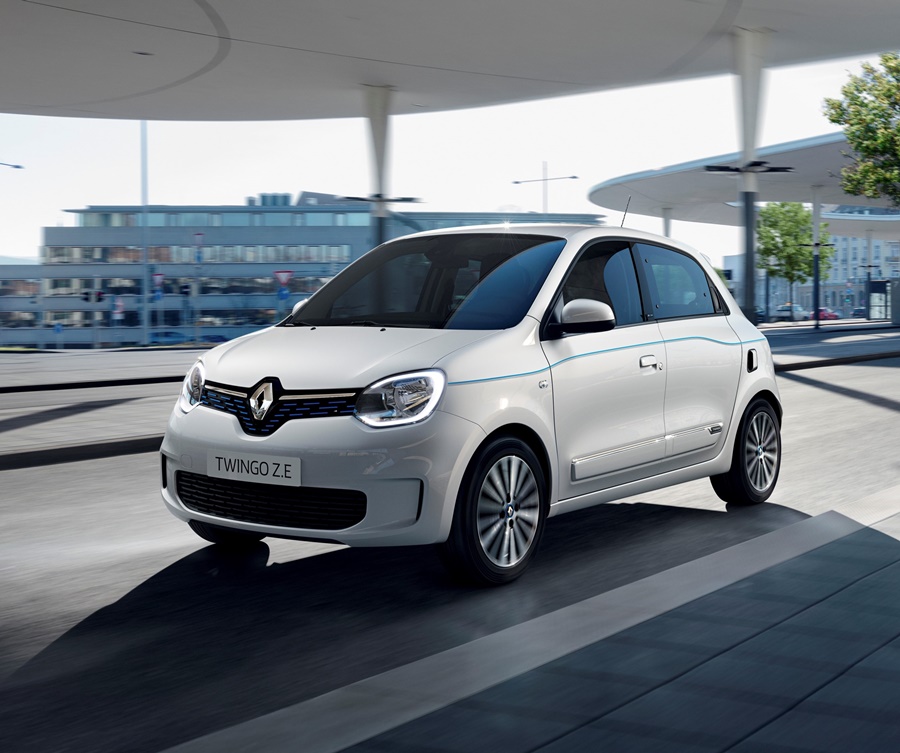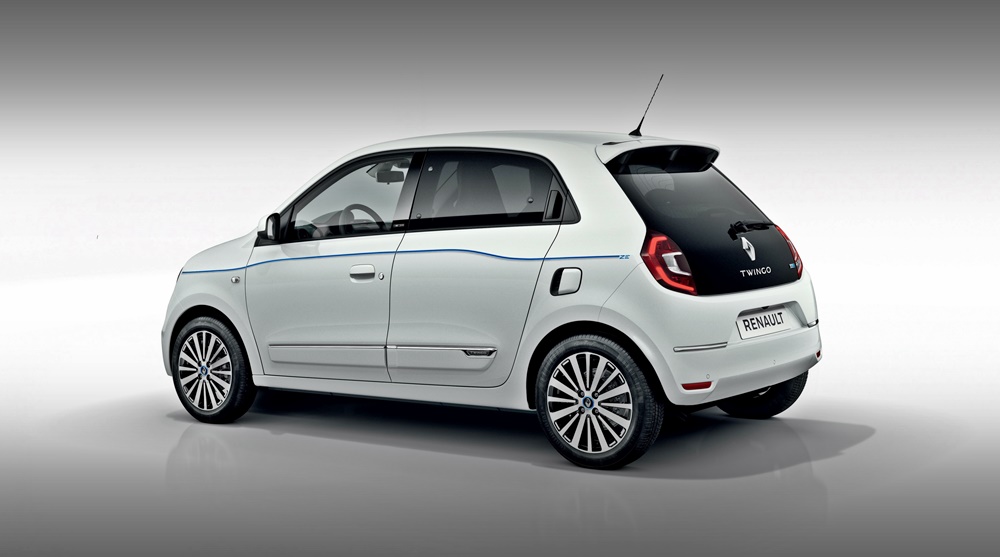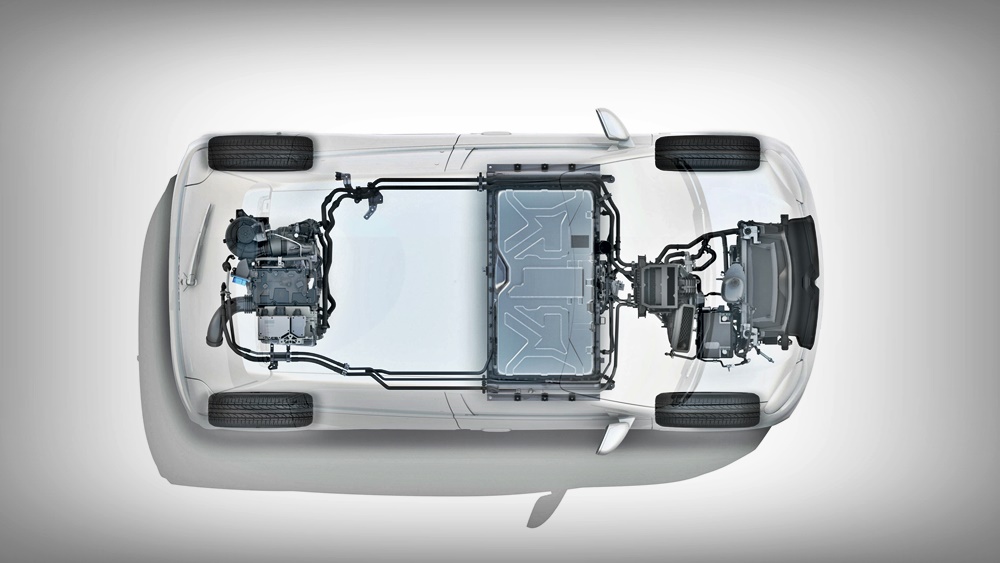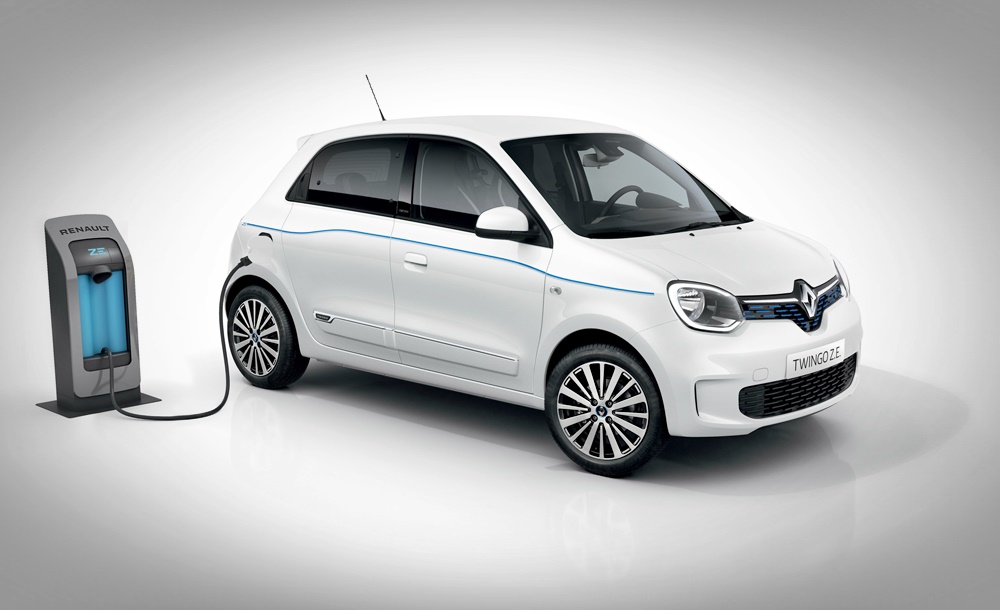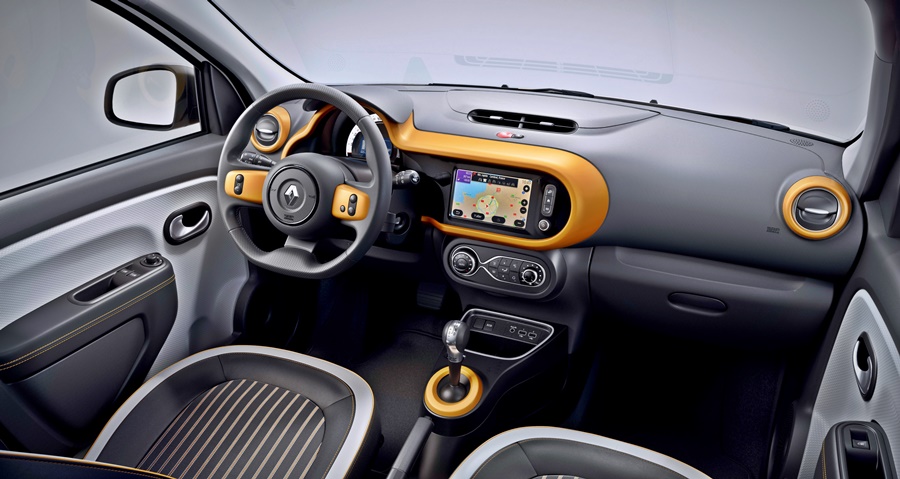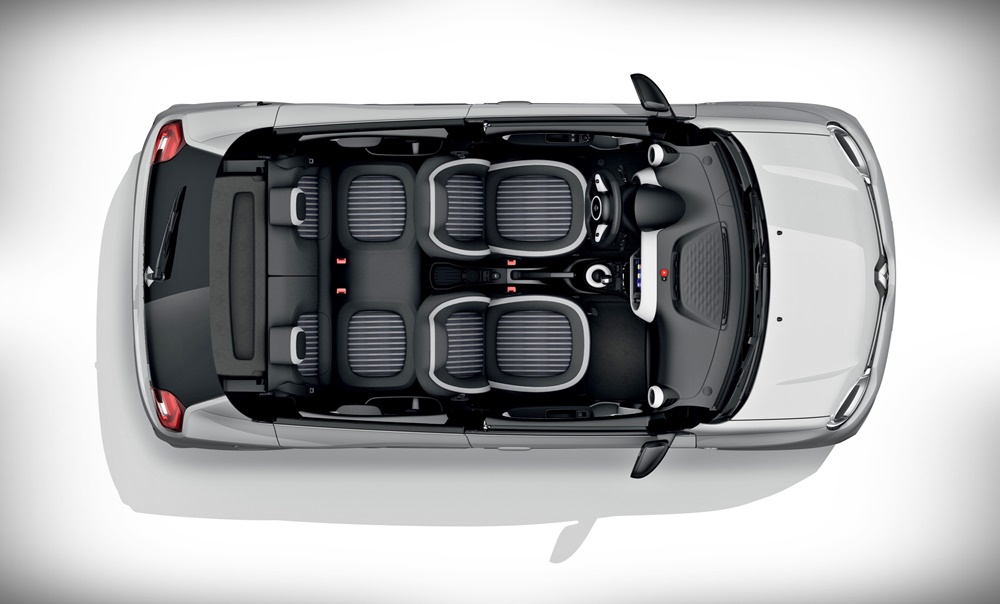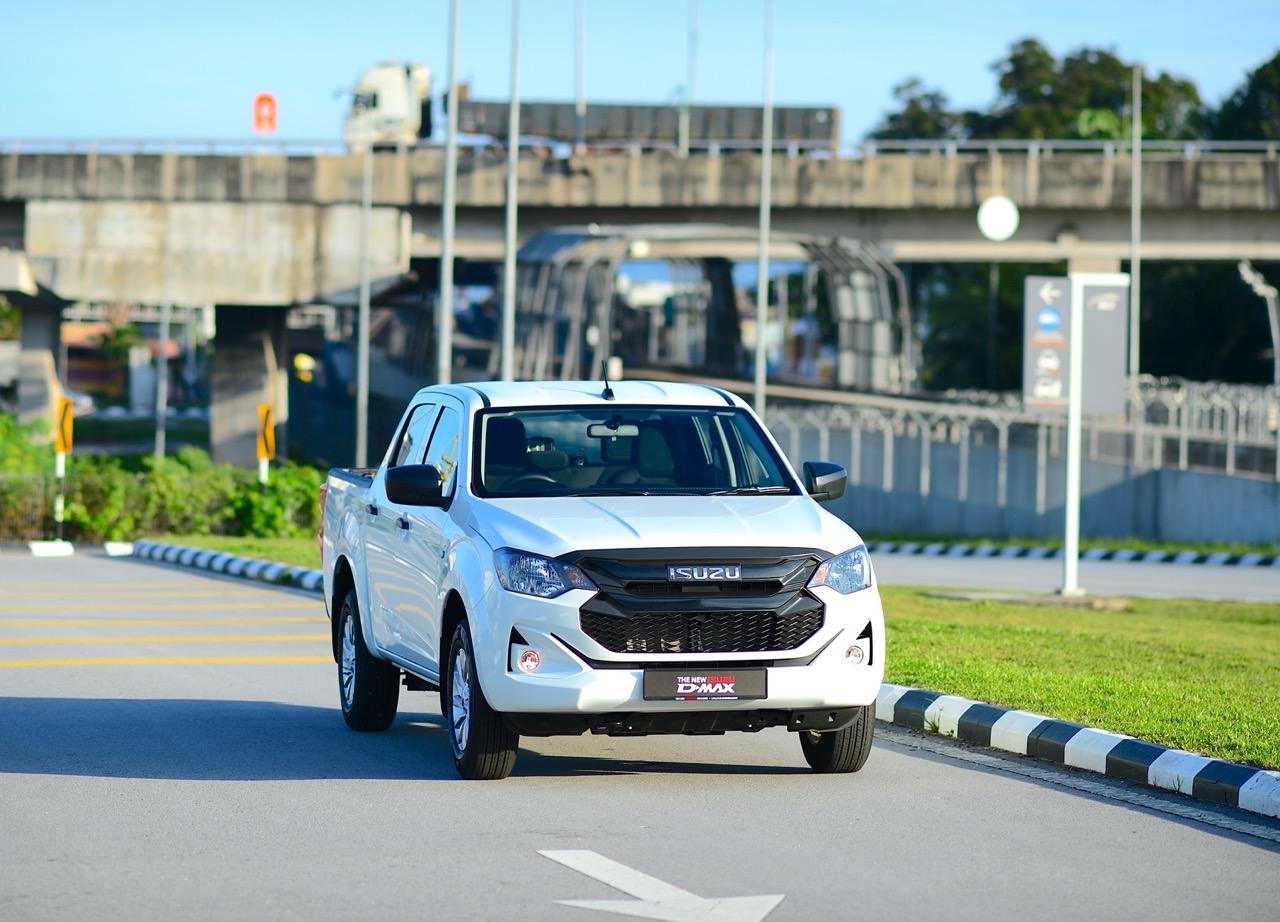The ‘GTI’ suffix has been used by some manufacturers on their high-performance models, largely inspired by the success and popularity of the Volkswagen Golf GTI that came out in 1976. The German carmaker produced the original ‘hot hatch’ and was so protective of the ‘GTI’ badge that it even took Suzuki to court to try to stop its use on the Swift in the early 2000s. The General Court of the European Union favoured Suzuki, declaring that ‘any visual, phonetic or conceptual similarity” between the two cars was negated by the Swift model name’.
The court also stated that most customers ‘would not assume that all vehicles, parts and accessories come from the same manufacturer simply on the basis of the three letters ‘GTI,’ and accordingly any likelihood of confusion was excluded’.
Still, ‘GTI’ remains very strongly associated with the Golf and with the launch of the 8th generation of the model line, a new version has been eagerly awaited. The new Golf GTI will maintain its design DNA and character – a relief when you see how Volkswagen is also accelerating electrification of its models.
As before, the new GTI has an understated look which makes it a ‘wolf in sheep’s clothing’. However, GTI fans will recognise familiar elements like the red pinstripe. The standard LED headlights are positioned low down and dominate the striking front end in conjunction with the radiator grille. A narrow edge below the bonnet, red in colour, reaches across the entire front.
Upon activating the daytime running lights, two continuous LED strips up to the Volkswagen logo emphasise this striking line. This creates the completely new, unmistakable headlight design of the Golf GTI. Just as striking is the large, continuous, air inlet grille at the bottom featuring the honeycomb pattern so typical of this model as well as the integrated foglights.
Output raised to 245 ps/370 Nm
Preliminary information available (the model will have its debut at the Geneva International Motor Show next month), we know that it will have a 245 ps 2.0-litre turbocharged direct injection petrol engine which also produces maximum torque of 370 Nm. The numbers of this latest EA888 engine represent increases of 15 ps and 20 Nm when compared to the GTI of the last generation, and on par with the Performance Pack version of that same car.
The 4-cylinder engine can be ordered with either a 6-speed manual gearbox or 7-speed dual clutch DSG. Volkswagen says that top speed is limited to 250 km/h with a slight improvement in the 0 – 100 km/h sprint.
GTI character, digital capabilities
Although Volkswagen is enhancing the digital and networking capabilities of the eighth-generation Golf to an unprecedented extent, many of the original GT insignia can still be found on board. However, the sports steering wheel of yesteryear has been transformed into a new multifunction leather sports steering wheel with touch controls and an optionally integrated Travel Assist button to allow the powerful Golf to run at a top speed of 210 km/h while Travel Assist is engaged.
The three silver spokes on the steering wheel have been retained the central area having a red finish. The classic checked pattern of the sports seats is also retained, the new checked design now being called ‘Scalepaper’. Incidentally, this pattern was the influence of one of the company’s first female designers, Gunhild Liljequist, who joined Volkswagen’s Department of Fabrics and Colours 30 years ago.
She had gained a lot of inspiration from her travels around England and was always taken by high-quality fabrics with checked patterns. This would lead her to use the tartan design, then known as ‘Clark Plaid’, for the Golf GTI which would go on to become a familiar sight in the hot hatch.
More information will be available when the car is launched and if we’re lucky, we may get to see it in Malaysia by the end of 2020, if not earlier.
Visit www.volkswagen.com.my to know more about Volkswagen products and services available in Malaysia.
Volkswagen and Tarik Jeans collaborate to save the Malayan Tapir






